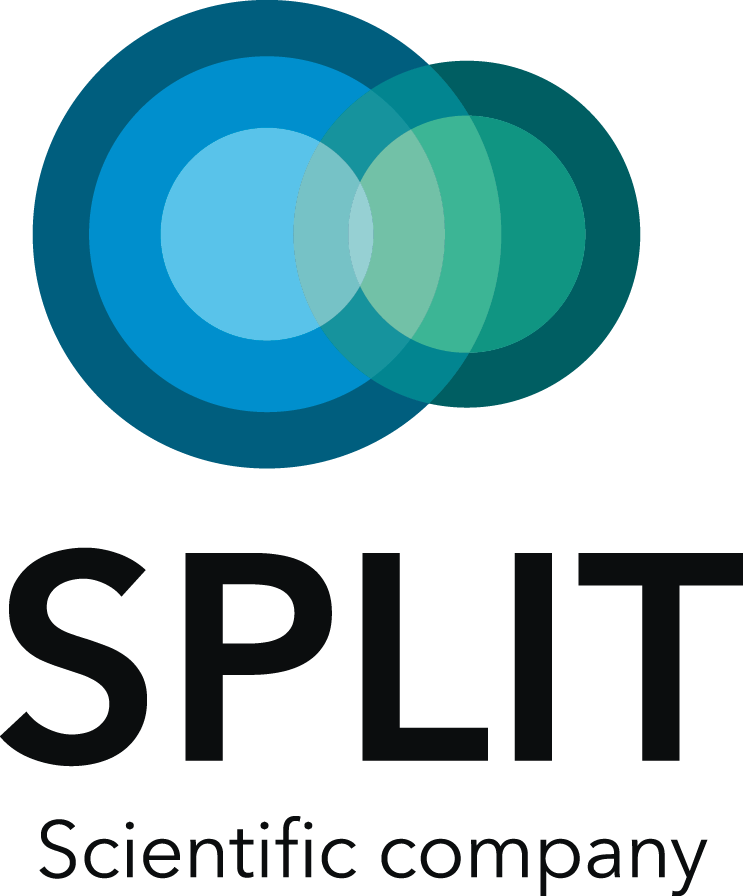Data collection system «SborEx»
A multifunctional solution for a wide range of seismic exploration tasks in water areas
a comprehensive solution for the collection and quality control of seismic data
A distributed multithreaded architecture allows recording large streams from a 3D system without skipping, while applying real-time mathematical processing procedures for a more detailed visualization and efficient QC.
QC meets all modern requirements, including:
- signal analysis;
- analysis of noise and signal-to-noise ratio using an attribute system;
- calculation of amplitudes in adjustable windows;
- mathematical operations on the obtained values;
- visualization of the received data in the form of histograms, graphs, heat maps, etc.
A real-time navigation and geometry assignment module allows calculating the position of channels for 2D and 3D systems based on several data sources: navigation buoys, acoustic positioning system, and reference to the position of the vessel.
Thus, for 2D systems, one of the methods may be sufficient, and for 3D works, all the methods are combined into a single model, increasing the accuracy of the calculation.
At the quality control stage, the navigation module visualizes the coverage of the study area with CDP points and creates a heat map of multiplicity
QC meets all modern requirements, including:
- signal analysis;
- analysis of noise and signal-to-noise ratio using an attribute system;
- calculation of amplitudes in adjustable windows;
- mathematical operations on the obtained values;
- visualization of the received data in the form of histograms, graphs, heat maps, etc.
A real-time navigation and geometry assignment module allows calculating the position of channels for 2D and 3D systems based on several data sources: navigation buoys, acoustic positioning system, and reference to the position of the vessel.
Thus, for 2D systems, one of the methods may be sufficient, and for 3D works, all the methods are combined into a single model, increasing the accuracy of the calculation.
At the quality control stage, the navigation module visualizes the coverage of the study area with CDP points and creates a heat map of multiplicity
The flexible configuration allows you to combine different types of seismic stations into one cluster, creating a single collection system for 2D and 3D surveys with near-surface and buried seismic mows.
Advantages of SOREX SOFTWARE
Remote management
Real-time quality control
The ability to work with systems of any configuration (2D, 3D)
Real-time navigation and coverage density monitoring
Unified interface for managing a complex of seismic stations
Interactive operator log
Flexible visualization system
The ability to change the sorting and data display parameters right during the profile passage
Evaluation of the spectral characteristics of recording and noise analysis in on-line mode
Simple processing procedures (AMPLIFICATION, BANDPASS FILTERING, INTRODUCTION OF KINEMATIC CORRECTIONS) can be used for visualization
THE CONCEPT
Sberex software includes server and client applications that interact within a local network. The separation of the software allows you to flexibly organize the workspace and, by isolating the server part of the program, increase the overall stability of the collection system.
The server part, "SborEx Server", acts as an interface for connecting a complex of seismic stations, as well as a data logger. Each seismic station can have its own set of registration parameters, and the server allows you to organize interaction between them. For example, to carry out synchronous collection in flip-flop mode with the recording of two sets of data in one file.
Registration parameters management, visualization, data quality control and logging are carried out through the client part of the program, "SborEx View". The client side uses a design approach, for the full operation of all functions, it is necessary to fill in the profile table, specifying their names and coordinates. In this way, you can track the status of the project, knowing which profile has already been completed and accepted for processing, or control the deviation from the project tack.
The server part
The server part, "SborEx Server", acts as an interface for connecting a complex of seismic stations, as well as a data logger. Each seismic station can have its own set of registration parameters, and the server allows you to organize interaction between them. For example, to carry out synchronous collection in flip-flop mode with the recording of two sets of data in one file.
Registration parameters management, visualization, data quality control and logging are carried out through the client part of the program, "SborEx View". The client side uses a design approach, for the full operation of all functions, it is necessary to fill in the profile table, specifying their names and coordinates. In this way, you can track the status of the project, knowing which profile has already been completed and accepted for processing, or control the deviation from the project tack.
The server part
The visualization window provides ample opportunities for viewing data in real time. During its development, special attention was paid to changing all available settings on the fly, this approach greatly simplifies the stage of experimental and methodological work.
Simple processing procedures can be used for visualization:
- amplification
- bandpass filtering
- introduction of kinematic corrections
- amplification
- bandpass filtering
- introduction of kinematic corrections
The latter is implemented in order to align the reflected wave in the ffid:chan sorting, in this form the satellite wave is well traced, and, accordingly, the nature of the seismic depth.
Data visualization
Right-clicking on an arbitrary area of the seismogram opens a window for displaying the amplitude spectrum. There are two modes of taking the spectrum. If the visualization window is frozen at the time of selection (the FREEZE check mark is pressed), the spectrum for the selected area is calculated once. In the reverse situation, the spectrum is recalculated in a floating window with each new shot.
As an important tool for quality control, an alert system with customizable events has been implemented. Such events include:
- Detection of clipped data – clipped tracks are highlighted on the seismogram, their numbers are recorded in the log
- Detection of missed shots – their numbers are recorded in the log
- Going beyond the set limits of the signal/noise attributes
- Detection of deviation from the design tack
- Control of the deepening of the receiving spit
- Detection of clipped data – clipped tracks are highlighted on the seismogram, their numbers are recorded in the log
- Detection of missed shots – their numbers are recorded in the log
- Going beyond the set limits of the signal/noise attributes
- Detection of deviation from the design tack
- Control of the deepening of the receiving spit
The RMS values of the signal and noise are calculated either in static windows with time intervals for each channel, or in the automatic bottom reflection mode.
Quality control
The obtained values can be visualized in a separate window for each braid:
- as a schedule for shots.
- as a histogram by channels.
- like a map.
- as a schedule for shots.
- as a histogram by channels.
- like a map.
Any event, whether it is the start of a collection or an error connecting to the station, is recorded in the internal system log. The events are divided into classes:
- Data collection events
- Mistakes
- Custom events
- Quality control events
- Data collection events
- Mistakes
- Custom events
- Quality control events
Errors related to the operation of the software or the connection of hardware belong to the "error" log.
Custom "user" events contain a timestamp and a comment, created by the operator as needed.
Audio or pop-up notifications can be set up for QC quality control events to attract the operator's attention.
Custom "user" events contain a timestamp and a comment, created by the operator as needed.
Audio or pop-up notifications can be set up for QC quality control events to attract the operator's attention.
Event Log
To collect data, the journal "Equsition" is used, it is the most detailed. All registration parameters that are active at the time of profile entry are saved. In addition, the timestamps of the beginning and end of the profile, its name, sequence number and user comment are saved. The resulting table can be exported to excel or a text document.
Calculation of the geometric model based on data from GPS buoys, depth sensors and acoustic channel positioning system
SborEx Nav - Navigation and geometry quality control
- Coverage map and CDP Multiplicity heat map
- Exporting data in p190 format
- Assessment of compliance of navigation data with the criteria of the terms of reference
- Real-time control of the geometry of the receiving-emitting system
- Assessment of the progress of work for 2d and 3d systems on the project network of tacks
Calculation of the geometric model based on data from GPS buoys, depth sensors and acoustic channel positioning system
SborEx Nav - Navigation and geometry quality control
- Coverage map and CDP Multiplicity heat map
- Exporting data in p190 format
- Assessment of compliance of navigation data with the criteria of the terms of reference
- Real-time control of the geometry of the receiving-emitting system
- Assessment of the progress of work for 2d and 3d systems on the project network of tacks
















